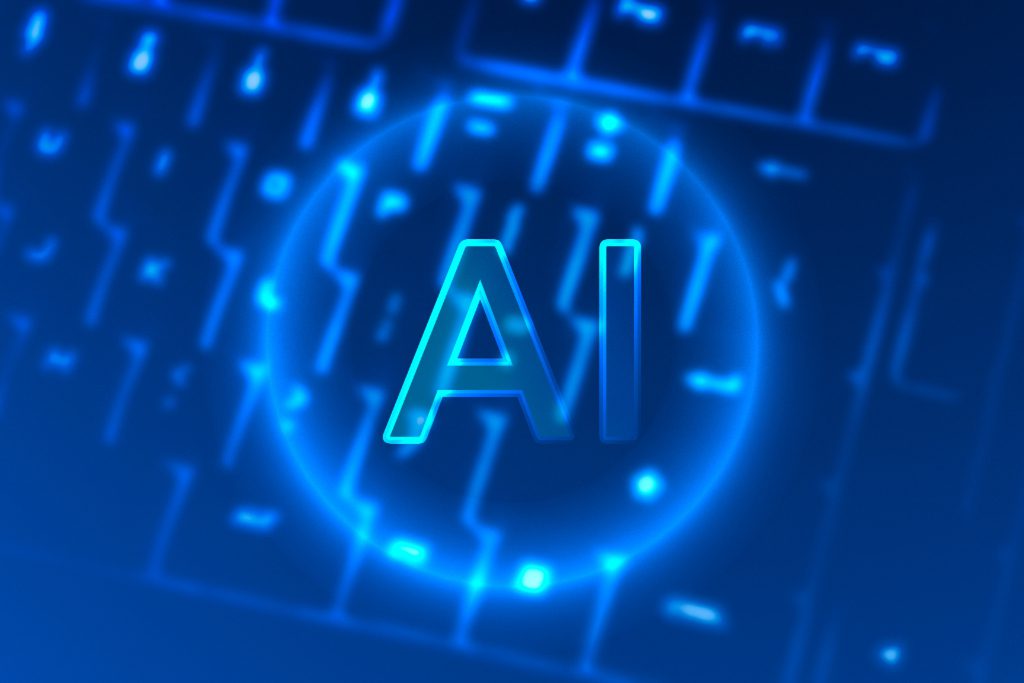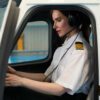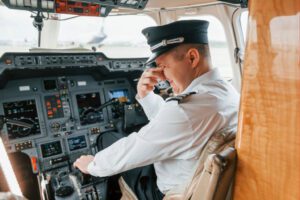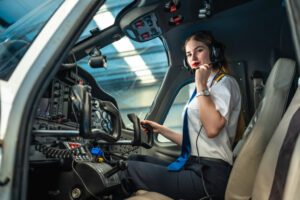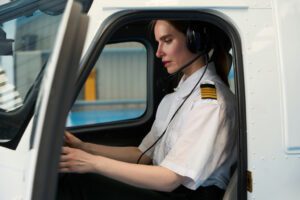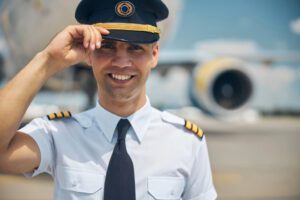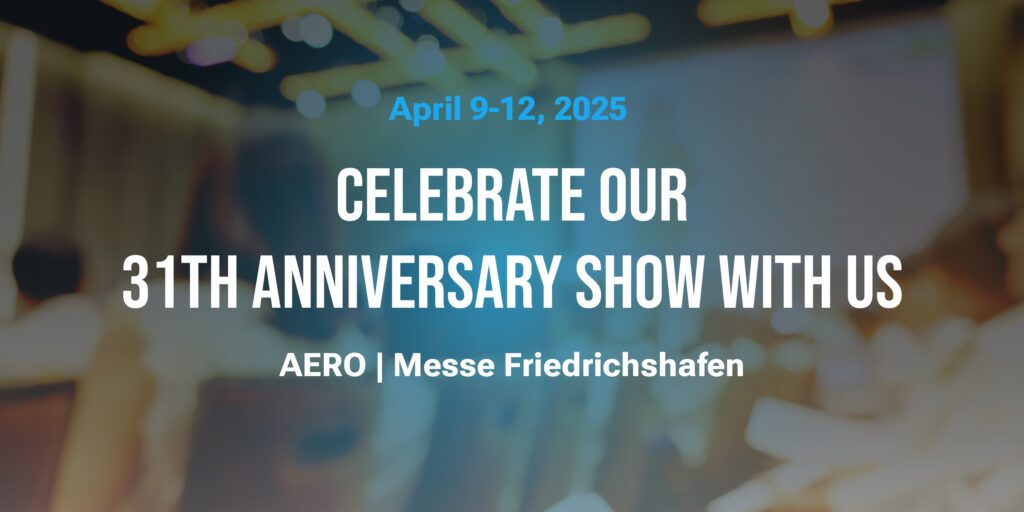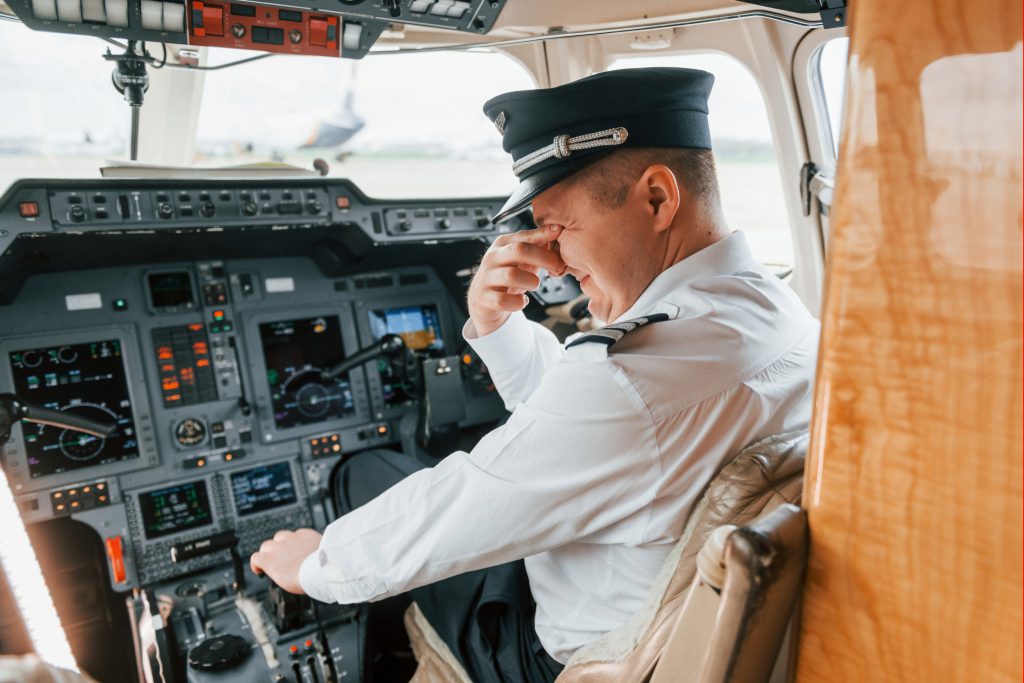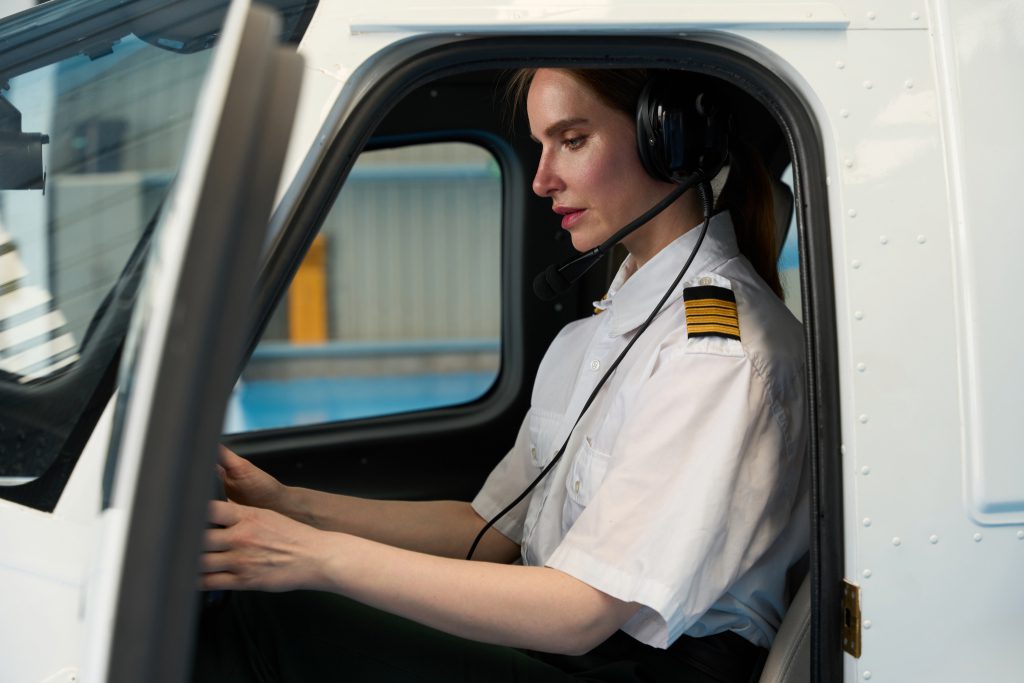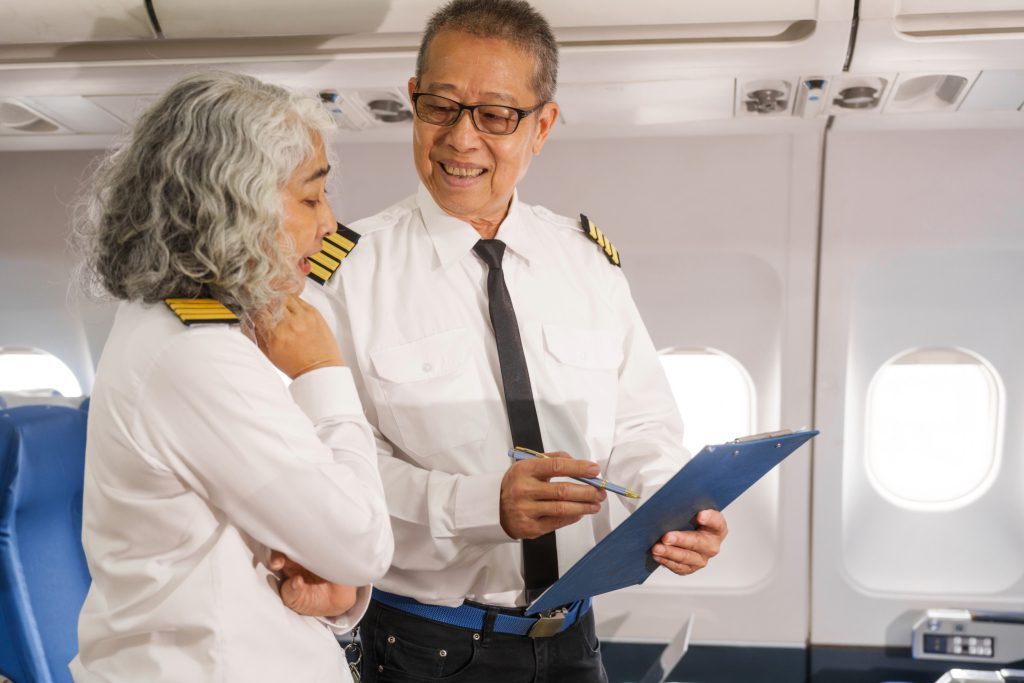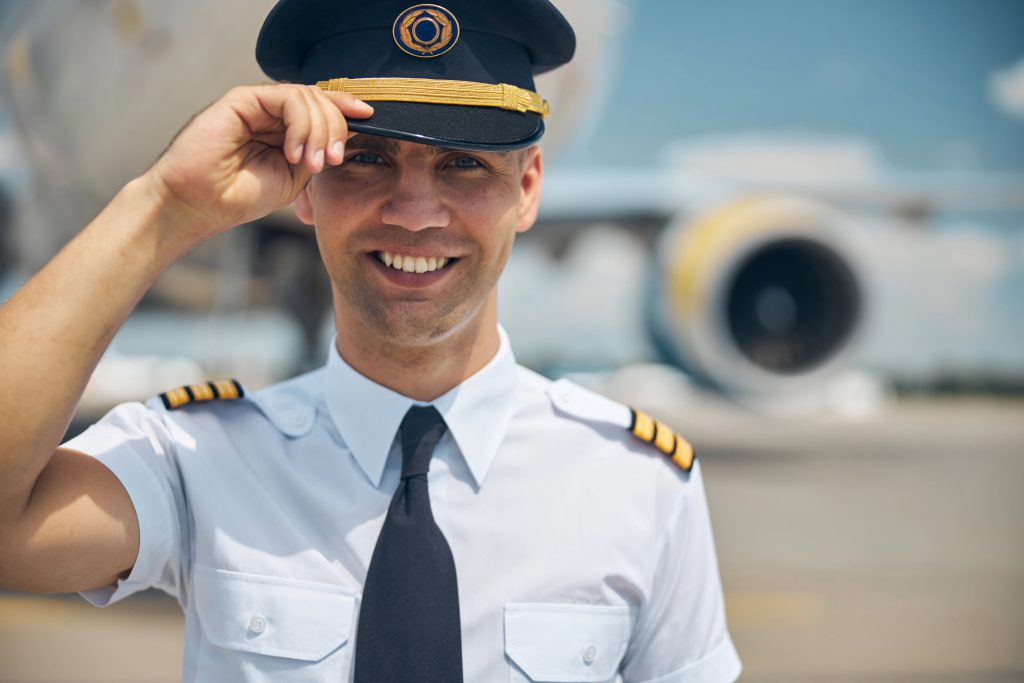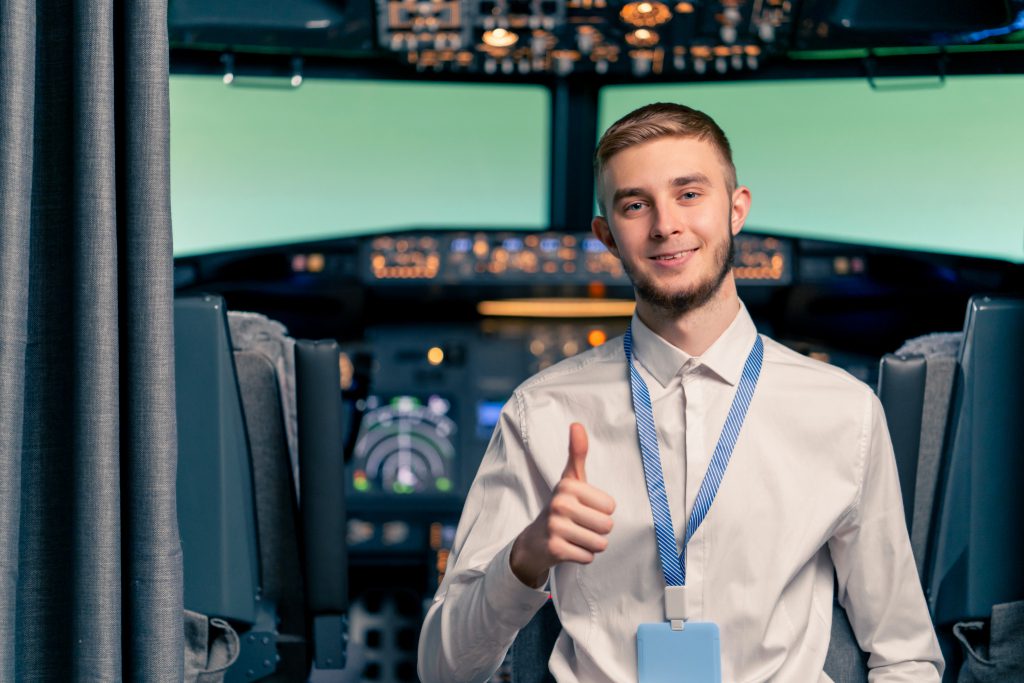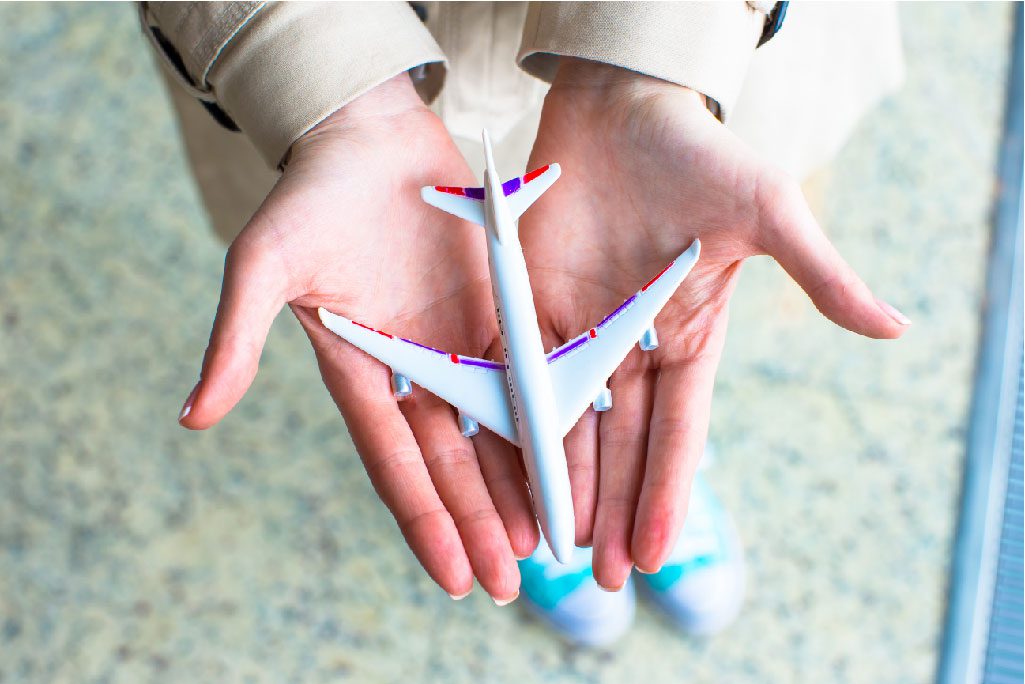The aviation sector is experiencing a technological transformation. In addition to new and sophisticated airplanes and their equipment, pilots’ training is also changing. Nowadays, AI (Artificial Intelligence) and VR (Virtual Reality) technologies are innovating pilot training globally. They are making the preparation of the future aviators safer and smarter, while also making it more cost-effective.
Why Training Innovation is Needed
For airlines around the globe, there is a persistent shortage of pilots. To compound the problem, training expenses are increasingly becoming more expensive, and policymakers are requiring even greater safety measures. While traditional training skills are still effective, they are also expensive, the weather can be a limitation, and instructor and aircraft availability can be a problem.
This is where AI and VR come to the rescue. These technologies have the potential to make pilot training more efficient, scalable, and immersive than ever before.
The Role of AI in Pilot Training
The integration of AI in pilot training can be achieved in the following ways:
Tailored Lessons: With the use of AI, every student’s lessons and performance can be tailored and adjusted. AI platforms can assess the students’ strengths while focusing on the weaknesses. Pilots are no longer trained using the “one-size-fits-all” approach and are given tailored assessments, making training more efficient.Intelligent Simulators
Today’s simulators have AI-generated scenarios like weather changes, system failures, and ATC challenges. An AI instructor can create any scenario that systematically makes pilots think and act like in real life.
Data-Driven Assessment: AI collects massive amounts of data for each session, monitoring control inputs, timing of decisions, and errors. Instructors are able to identify and address recurring issues to improve safety outcomes.
Virtual Reality’s Impact on Training
Virtual Reality has greatly expanded training opportunities for pilots:
Immersive Cockpit Training: Students can “sit” in virtual cockpits and engage with all the switches and displays with the use of VR headsets. This allows students to learn systems on the aircraft well in advance of their actual flights.
Affordable Access: Although full-motion simulators are quite costly, VR headsets and associated software are relatively inexpensive. This widens training opportunities, even for smaller flight schools and private students.
Scenario-Based Training: Through simulation, pilots are able to train for complex scenarios like emergency landings, instrument approaches, and even night flying in a safe environment. Errors during training can be seen as opportunities to learn rather than failures.
Cost Efficient for Airlines and Flight Schools: Students no longer need to use the aircraft during solo training, leading to significant cost savings on renting the aircraft and fuel.
Safety: VR allows students to prepare for different kinds of scenarios, including emergencies, without being in real-danger situations.
Scalability: Students can be trained more efficiently with the use of AI and VR technologies.
Consistency: Standardization guarantees scenario-based global training. Thus, every pilot can be trained to face the same challenges.
Challenges and Limitations
Realism Gap: VR has the ability to immerse users in an experience, but cannot project the feeling of actual flying, turbulence, or G-forces.
Regulatory Approval: Authorities responsible for the aviation industry are still resolving how much use of AI and VR tools can be incorporated in training logbooks.
The Instructor’s Role: Technology can aid in the training process, but cannot stand in the absence of real-world experience and a human trainer.
The Future of Pilot Training
Within the next few years, we will see AI and VR integrated in a more complementary manner to teaching in the form of a mixed instructional design. Virtual environments will be used for most of the theoretical training before transitioning to real-life flying and flying simulators.
This will ensure that modern airline trainees will become airline pilots with skills and training that are more efficient, inexpensive, and safer.
Conclusion
The use of AI and VR technologies the way we know them in everyday life, is changing pilot training for the better. From simulators to VR cockpit training, AI is providing smarter and safer ways to train and learn. Although they will not substitute the actual flying experience, AI and VR technologies are transforming the way future airline pilots will be trained.

